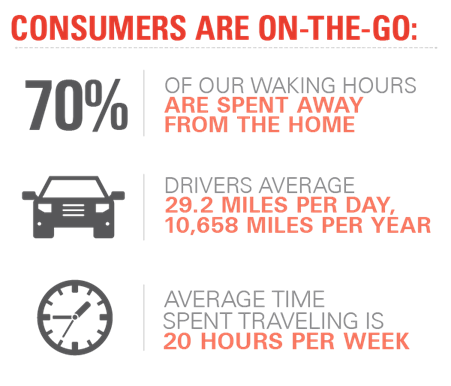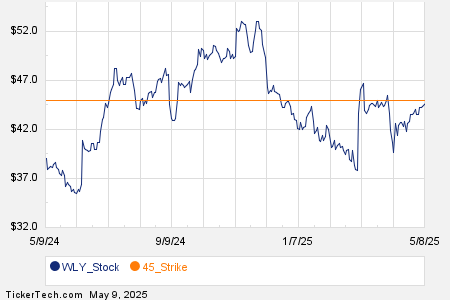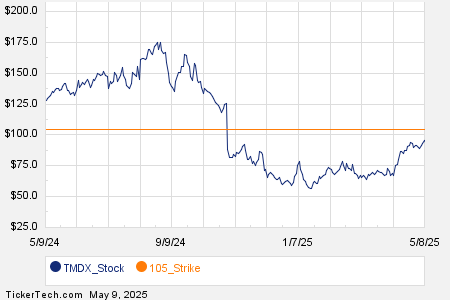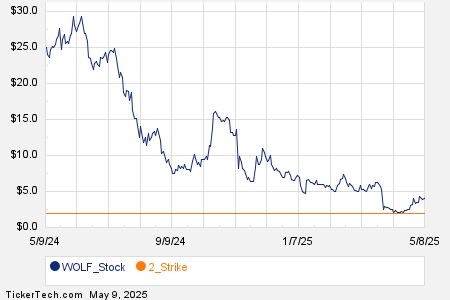The Rise of Flying Cars: Transforming Transportation and Investment Opportunities
Editor’s note: This story was previously published in September 2023 with the title, “The Ultimate Explosive ‘Sleeper’ Tech of 2024.” It has since been updated to include the most relevant information available.
When you think about the future of transportation, what comes to mind?
You might envision roads lined with various electric vehicles, all autonomously driven thanks to advanced sensors and AI technology.
This scenario seems to be the common perception of future transport. I share that vision.
However, I also consider another technology that many still dismiss as unrealistic: flying cars.
Believe it or not, I foresee flying cars playing a significant role in transportation. And I’m not referring to distant years like 2040 or 2050. I mean in just a couple of years – by 2025.
Recent industry developments suggest we might see flying cars in major cities sooner than expected. They could contribute to a multi-hundred-billion-dollar industry within just a few years.
This reveals a considerable “sleeper” investment opportunity within the emerging flying car sector.
Some may find this concept hard to swallow. You’re not alone if you do. Many people I talk to react with skepticism or disbelief.
Nevertheless, I assure you: flying cars are coming to urban areas sooner than we might think. They promise to revolutionize how we travel and present an exceptional investment opportunity that you may have overlooked.
The Journey of Flying Cars
Every significant technological advancement has a story behind it.
The concept of flying cars has intrigued scientists, automobile executives, and futurists for many years. However, for much of the 20th century, they were largely dismissed as a fanciful idea with no practical application.
Then came the 2000s.
The 21st century brought together rapid population growth, urbanization, and the fast-paced rise of digital technology. As a result, once-empty roads were now congested with a mix of passenger vehicles, delivery trucks, buses, and more.
Commutes that once took twenty minutes expanded to thirty, then to an hour, and eventually, many faced two-hour journeys. This shift meant people were losing valuable time trapped in traffic.
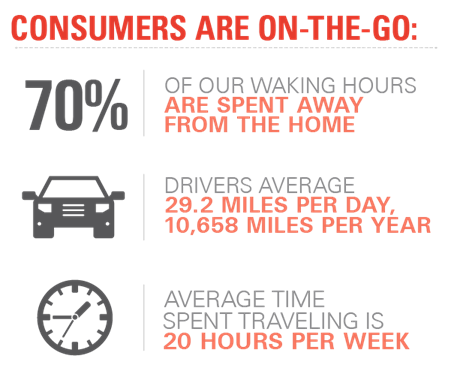
In this context, flying cars began to appear as a potential solution to a growing traffic dilemma. Consequently, in the early 2010s, venture capitalists and tech firms globally started channeling investments toward this area, aiming to help consumers reclaim their time.
This initiative marked the inception of what some have termed the “Flying Car Revolution.”
Innovations in Engineering
Interestingly, the initial flying car companies didn’t start with a “car-first” approach. They didn’t take existing cars and modify them into flying machines, a process requiring considerable engineering prowess.
Instead, they approached the problem with a “flying-first” mindset.
What does this mean?
These innovators focused on designing smaller, quieter, and cheaper versions of helicopters, powered by electricity – simplifying the engineering challenge.
Consequently, in the early 2010s, a new class of aircraft emerged, known as eVTOL – meaning electric vertical takeoff and landing – essentially representing a practical version of flying cars.
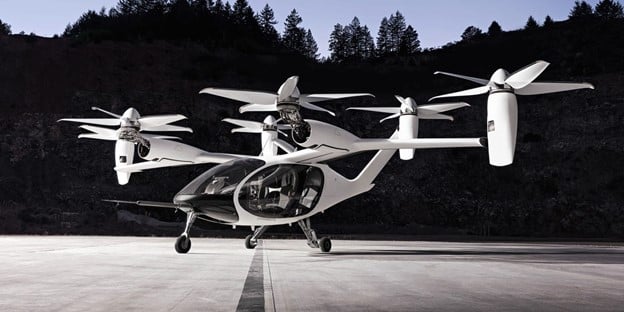

The Rise of eVTOL: The Future of Affordable Air Travel
Quiet electric helicopters known as eVTOLs offer a cheaper, simpler, and more flexible alternative to traditional helicopters. Essentially, they are the modern take on flying cars.
These eVTOL aircraft are not only visually appealing, but they also symbolize a tremendous economic opportunity.
Envisioning the Future of Flying Cars
What is the goal behind these eVTOL aircraft?
The goal is to provide affordable, quiet, and fuel-efficient mid-distance air travel.
While excellent transportation options exist for short and long distances, there is a significant gap in the market for mid-distance travel.
For instance, a flight from Los Angeles to San Diego can be too pricey, and driving can take up to three hours in heavy traffic. Trains can take at least two hours, and taking Uber (UBER) would cost several hundred dollars.
Currently, the market lacks suitable mid-haul solutions. eVTOL aircraft aim to fill that gap.
Picture this: You live in downtown Los Angeles and want to spend a weekend in San Diego. In the future, you’ll drive to a nearby vertiport— a small airport for eVTOL aircraft— and park your vehicle. From there, you will board an eVTOL, which takes you to a San Diego vertiport for under $100. After deplaning, you can take an Uber to your hotel, completing the trip in no more than 30 minutes at a lower cost than a car ride.
This represents an ideal solution for mid-haul travel.
eVTOLs will serve numerous routes, not limited to just Los Angeles to San Diego, but also New York City to Boston, Philadelphia to Washington, D.C., Miami to Orlando, Dallas to Houston, Reno to Las Vegas, and San Francisco to Sacramento.
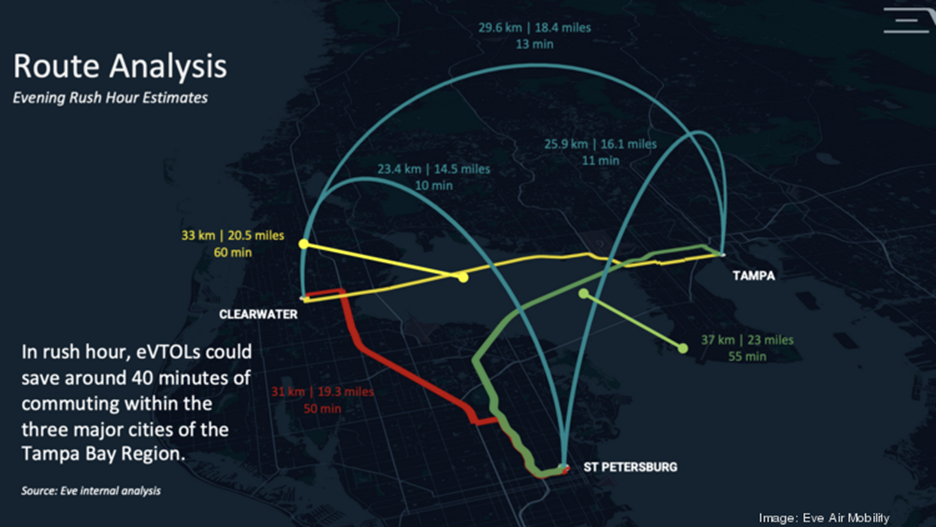
The potential use of eVTOLs will span across the nation—and internationally. They will not only transport people but also deliver goods.
In the long run, eVTOL aircraft could become a common sight in urban areas, serving as “air taxis” that quickly and affordably transport people and goods.
Progress Toward Reality
When I explain eVTOL mid-haul transport to friends, I frequently hear comments like, “That sounds interesting, but I doubt we’ll see anything like that in the next 10 years.”
This belief is a common misconception. In fact, eVTOL mid-haul transport is not a distant dream; we expect it to become a reality within the next few years.
Dozens of tech companies are working on this innovative transport solution, and many have made substantial progress. Now, a variety of functional eVTOL prototypes exist.
Boeing (BA) and Airbus (EADSY) have developed their own eVTOL models. Even Uber had one, alongside several air taxi startups.
The new era of aircraft has begun.
While we are still dealing with prototypes, commercial eVTOL operations are set to launch soon. Joby Aviation (JOBY) has already conducted numerous successful test flights and is currently building its first vertiport in Dubai, aiming for commercial operations to start later this year.
Archer Aviation (ACHR) also plans to commence operations in the United Arab Emirates this year.
Furthermore, both Joby and Archer might initiate commercial flights in the U.S. as early as 2026, targeting major cities like New York, Los Angeles, San Francisco, and Miami.
In summary, within the next two years, eVTOL aircraft are likely to transition from concept to reality, and during this interval, their stocks could experience significant growth.
Final Thoughts on the Future of Air Travel
JPMorgan (JPM) projects that the long-term market for eVTOL aircraft could be worth $1 trillion.
In fact, this vast market could start developing this year.
Despite this, eVTOL stocks are still under the radar, making them potential “sleeper” buys for 2025.
However, these stocks are not the only ones poised for success this year.
To identify promising stocks for 2025, we see a strong trend around Elon Musk, the world’s richest man.
This is partly due to his recent close collaboration with President-elect Trump, leading to his appointment as the head of the new Department of Government Efficiency. His influence is likely to rise significantly this year.
What actions will Musk take with his expanded authority?
It’s hard to say, but his support for industries in which he is heavily invested is likely.
One such industry is poised for growth, fueled by a current surge of enthusiasm: artificial intelligence.
This positioning suggests that Musk’s xAI could be preparing for a market launch. Now is the time for potential investment.
Discover more about the upcoming opportunities linked to xAI’s rise.
On the date of publication, Luke Lango did not hold (either directly or indirectly) any positions in the securities mentioned in this article.
